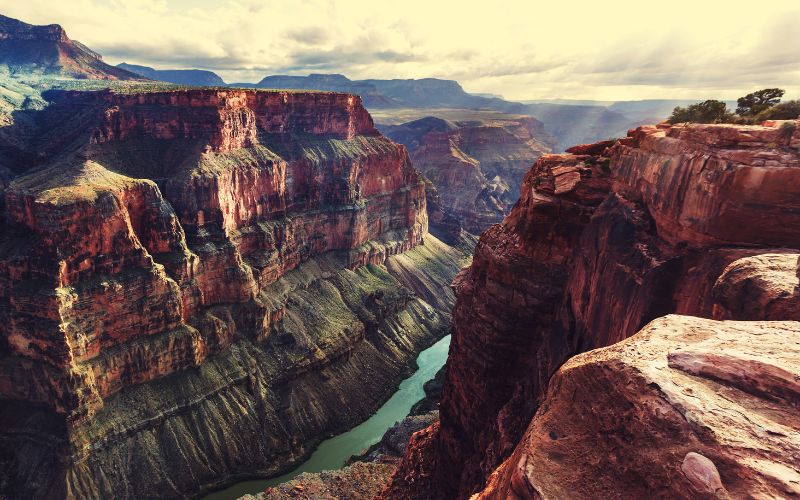
- Details
- By Native News Online Staff
The National Park Service (NPS) has issued its first-ever Director’s Order focused on nation-to-nation consultations with Indian and Alaska Native Tribes, a move aimed at strengthening relationships and ensuring Tribal voices are central in federal decision-making regarding park resources.
The new order codifies existing policies while expanding the NPS’s Tribal engagement. NPS Director Chuck Sams, the first Indigenous person to lead the agency, said in a press release, “This is one more step we can take to prioritize our relationships with Tribes, ensuring Tribal leaders and the people they represent have a consequential seat at the table.”
The Director’s Order outlines guidelines for consulting with Tribes, including respecting Tribal sovereignty, recognizing the importance of Indigenous narratives, and ensuring that natural resources are seen as cultural resources. It calls for early and frequent communication with Tribes when the NPS is considering actions that might impact Tribal lands or resources.
The order is part of a broader shift within the federal government to support Tribal self-governance and co-stewardship of federal lands. In 2022, the NPS, along with other federal agencies, introduced guidance to strengthen Indigenous co-stewardship of federal lands and waters,.
The NPS has made strides in co-stewardship with Tribes, including 109 formal agreements across the country. In Arizona’s Grand Canyon National Park, for example, 16 affiliated Tribes now collaborate on storytelling efforts and Indigenous craft sales at historic locations like Desert View Watchtower. Similarly, Craters of the Moon National Monument & Preserve has worked with the Shoshone-Bannock Tribes to enhance park displays with Indigenous perspectives.
Another milestone occurred at Grand Portage National Monument in Minnesota, where the park celebrated 25 years of co-management with the Grand Portage Band of Lake Superior Chippewa, demonstrating the success of long-term partnerships in land stewardship.
Since 2021, the NPS has directed over $77 million to support Tribal historic preservation initiatives, along with $10.4 million in grants for the repatriation of Native American cultural items under the Native American Graves Protection and Repatriation Act (NAGPRA). In December 2023, the NPS updated regulations under NAGPRA, strengthening Tribes’ role in reclaiming ancestral remains and sacred objects.
Additionally, the NPS has signed 27 new agreements with Tribal Historic Preservation Offices and launched a study on the Indian Reorganization Period, aiming to broaden understanding of Indigenous history and identify potential National Historic Landmarks.
More Stories Like This
Trump signs law that revokes some limits on drilling in Alaska’s National Petroleum ReserveSouthern Sierra Miwuk Nation Gets 900-Acres ofLand Back
Chilkat Indian Village Tells New Palmer Mine Owners They Are “Not Welcome” in Chilkat Valley
Tribes, Coastal Group Ask Army Corps to Revoke Permit for Texas Export Terminal
Michigan Tribes Tell Supreme Court: Don’t Bail Out Enbridge
Help us defend tribal sovereignty.
At Native News Online, our mission is rooted in telling the stories that strengthen sovereignty and uplift Indigenous voices — not just at year’s end, but every single day.
Because of your generosity last year, we were able to keep our reporters on the ground in tribal communities, at national gatherings and in the halls of Congress — covering the issues that matter most to Indian Country: sovereignty, culture, education, health and economic opportunity.
That support sustained us through a tough year in 2025. Now, as we look to the year ahead, we need your help right now to ensure warrior journalism remains strong — reporting that defends tribal sovereignty, amplifies Native truth, and holds power accountable.
 The stakes couldn't be higher. Your support keeps Native voices heard, Native stories told and Native sovereignty defended.
The stakes couldn't be higher. Your support keeps Native voices heard, Native stories told and Native sovereignty defended.
Stand with Warrior Journalism today.
Levi Rickert (Potawatomi), Editor & Publisher


